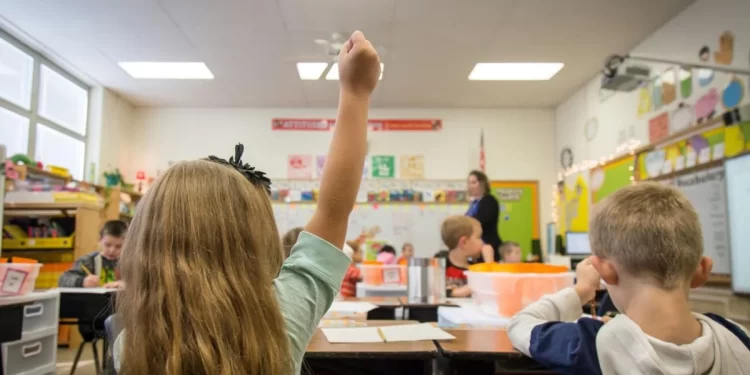By Anthony Hennen | The Center Square
(The Center Square) – Though the Pennsylvania Department of Education is fighting a lawsuit over whether it adequately funds low-wealth school districts, the broader picture of education spending in the state is one of significant increases in recent years.
Since 2000, state education funding has gone up more than 40%, according to data from PDE. While funding for individual school districts may lag behind, much of the public education system faces problems less tied to state funding and more tied to how school districts are run, or factors outside their control.
“Far from being ‘notoriously underfunded’, Pennsylvania public schools receive more funding per student than most schools in the nation – and significantly more than most schools in the developed world,” said Stefanie Mason, policy analyst for the Commonwealth Foundation. “Pennsylvania ranks top seven in the nation in education funding, spending an average of $19,000 per student per year. That’s 28% higher than the national average of $15,000 per student.”
State spending on education has increased 11 years in a row – but, when adjusted for inflation, a few years have minor decreases, while the overall trend is for more funding from the state.
Mason does not endorse the status quo, however. Per-pupil funding can be sticky thanks to the “hold harmless” rule, which ensures that school districts won’t receive less funding than they received the previous year.
“This means that school districts will continue to receive money for students that transfer to a different school – leaving less resources for growing schools,” Mason said. “Because of hold harmless, only 13.7% of funds were distributed using the fair funding formula in 2021-22.”
In 2019-20, Pennsylvania public schools received about $33 billion; local funding accounted for $18 billion, state funding was $12 billion, and federal/other funding was $2.4 billion. Local funding is mainly provided with revenue from property taxes and earned income taxes.
Funding amounts do not always mean better scholastic performance.
“The data suggests there is little or no correlation between the current expenditures spent per student and the share of students that score proficient or above on standardized tests,” noted a January report from the Independent Fiscal Office on PDE’s performance.
More expenditures aren’t always student-focused; funds can go toward pension debt, construction, and other costs. To improve education, Mason argued for more parental control.
“A growing number of parents are realizing that if they were empowered to direct just a portion of that education funding to the schools, tutors, or curriculum of their choice, they could give their children a far better education,” she said.




